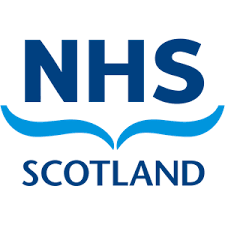Phase 4: Use a QI approach to continuous learning, data, adapting and scaling

Key objectives of evaluation should be framed around assessing impacts:
- Effectiveness: The benefits of the Waiting Well initiative measured by improvements in health. For example, improvements in patient-related outcomes (e.g. weight management, improved mood and wellbeing).
- Efficiency: Relating the costs of the Waiting Well initiative to the outputs or benefits obtained. For example, reduced length of stay and reduced cancellations due to modifiable risk factors.
- Acceptability: The social, psychological and ethical acceptability regarding the way people are treated in relation to Waiting Well. This could be quantified through patient-related experience measures.
- Equity: Ensuring the fair distribution of healthcare amongst individuals or groups. For example, ensuring there is a proactive approach to “missingness” when people fail to attend. Do any elements of the Waiting Well offer improve or worsen health inequalities?
- Consider a tool for referrers to consider peoples waiting risks and needs from onset (HOW Risks and resilience tool, annex B).
- Learning from other areas of Scotland and the UK – see examples.